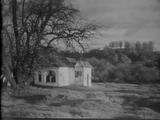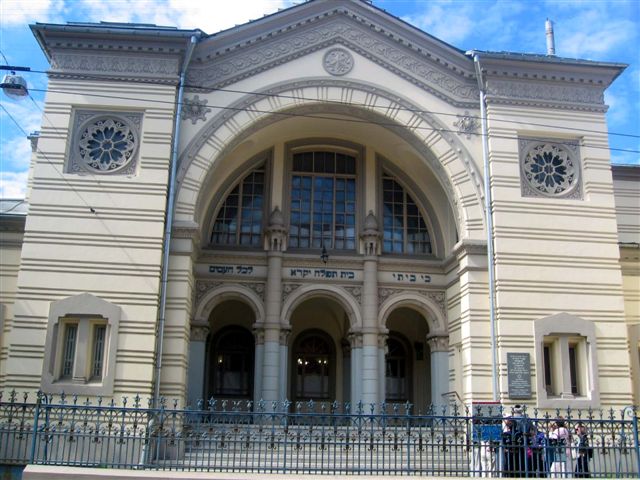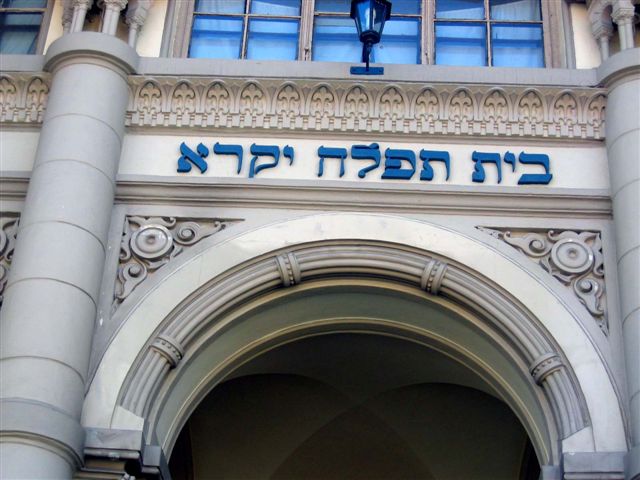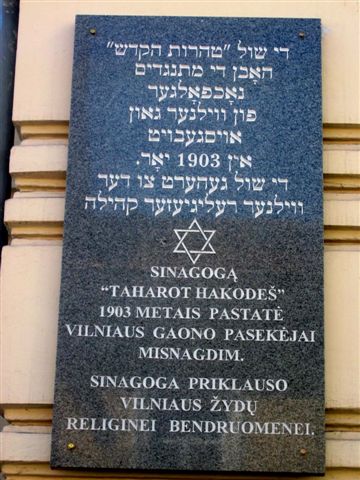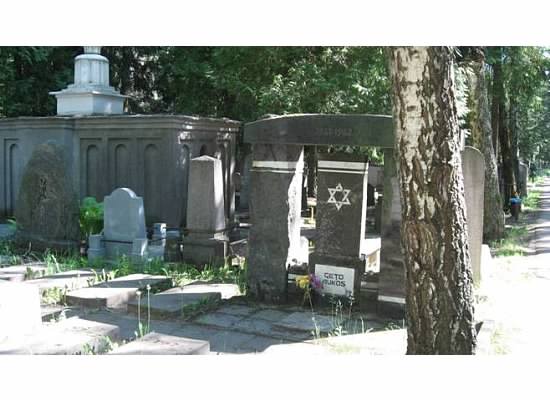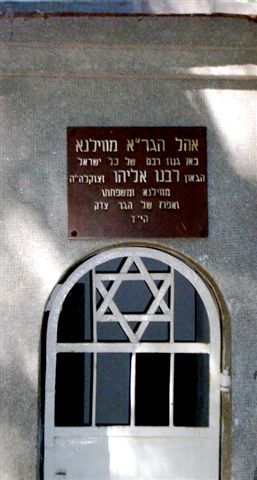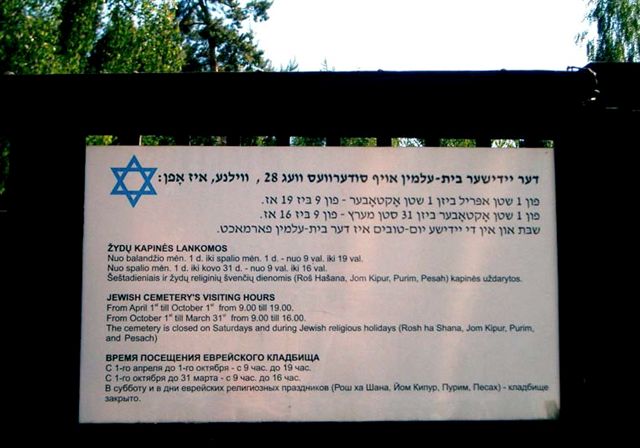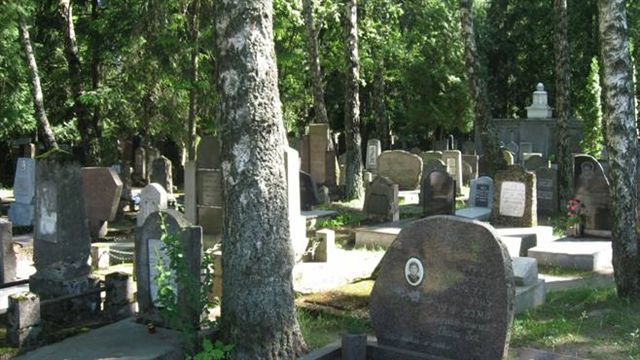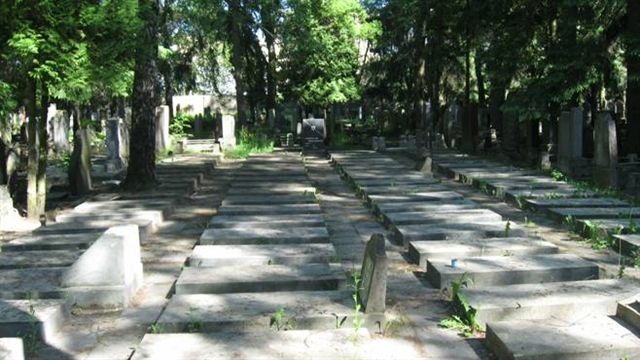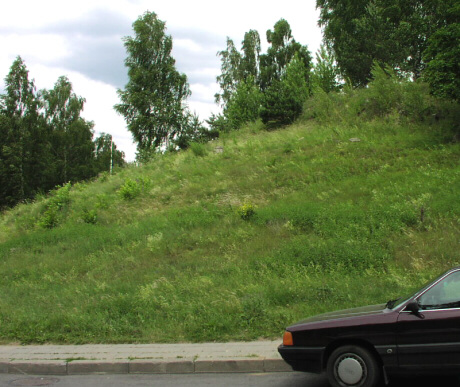Alternate names: Vilnius [Lith], Vilna [Rus], Wilno [Pol], Vilne [Yid], Wilna [Ger], Viļņa [Latv], Vilnia, Vilno, Vilnyus, Russian: Вильна, Bильнюc. ווילנע-Yiddish. 54°41' N, 25°19' E, Capital of Lithuania, but was in Poland between the two World Wars. 1900 Jewish population: 63,841.
Yizkors: Ghetto in flames; the struggle and destruction of the Jews in Vilna in the Holocaust (Jerusalem, 1980); Yerushalayim de Lita (New York, 1974); Ir Vilna: Zikhronot adat Yisrael ve-toldot haye gedoleha (Vilna, 1900); Bleter vegn Vilne; zamlbukh (Lodz, 1947); Vilner zamlbukh--measef Vilna (Tel Aviv, 1974.
ShtetLink. Vilna Center for Jewish Heritage (Vilna Shul- Boston) website. [October 2000]
Vilnius - Wikipedia, the free encyclopedi
History of the three Jewish cemeteries in Vilnius of which only one remains, the new Jewish cemetery opened in Šeškinė district near Sudervė Cemetery. "The oldest and the largest Jewish cemetery was established in Šnipiškės (Yiddish: Shnipishok) suburb, now in Žirmūnai elderate, on the opposite bank of the Neris River than Gediminas Tower in the 15th century. It was closed by Tsarist authorities in 1831. It was destroyed by the Soviet authorities in 1949-1950 during the construction of Žalgiris Stadium. The Palace of Concerts and Sports (Lithuanian: Koncertų ir sporto rūmai) was built in 1971 right in the middle of the former cemetery. In 2005, apartment and office buildings were built on top of another part of the site, incurring condemnation from international Jewish organizations and resulted in a motion being passed in the U.S. House of Representatives in 2008, condemning Lithuania for its "failure to protect the historic Jewish cemetery in Vilnius." In August 2009 Lithuanian government reached agreement with Jewish organizations on the boundaries of the cemetery and granted it protected status. Buildings already on the site will not be demolished. [September 2009]
History of Jewish Vilnius. YouTube. [September 2013]
Part of Lithuania's power grid coated in Jewish tombstones [Aug 2015]
CEMETERIES:
- What Does the Mayor of Vilnius Think About His City's Thousands of Jewish Graves? [July 2015]
- Jewish Headstones Being Used as Church Stairs [March 2015]
- The 2015 Debate on the old Vilna Jewish Cemetery [June 2015]
- Open Letter to Members of CPJCE in the UK [July 2015]
- [UPDATE] Lithuania building a convention center over Vilna's Jewish cemetery [January 2017]
- [UPDATE] Lithuanian Jewish Community Position on Reconstruction of the Vilnius Palace of Concerts and Sports and Its Use as a Conference Center[January 2017]
- [UPDATE] Uzupis Cemetery Matzevot
-
According to the Lithuanian Jewish Community website, a stairway at the Protestant Evangelical Church made of Jewish gravestones was dismantled. Under Soviet rule the building turned into the Kronika Cinema when the gravestones where moved there in 1957. In 1990, it was returned to church ownership. In 2013, the steps made from matzevot were acknowledged. See: https://
tinyurl.com/y9gotrbd
Following several years of considering, the Lithuanian Cultural Heritage Department and the Vilnius Protestant Evangelical governing council determined that the stairs were indeed gravestones taken from the Uzupis Old Jewish Cemetery. The cemetery, with tens of thousands of burials, was razed in the 1960s. Since 1940,the Soviets razed gravestones, using the site for a quarry for building material. Recovered gravestones are returned to the Uzupis Cemetery. See: - https://jewish-heritage-
europe.eu/2019/01/22/ lithuania-stairs-made-from- jewish-gravestones/
[January 2019] - ALL existing death records for the City of Vilnius from 1837 to 1940 have been translated and indexed by LitvakSIG.and Vilnius District Research Group of LitvakSIG at:https://www.litvaksig.org/join-and-contribute/
- Snipiskiu Cemetery: no longer exists. map. [Aug 2015] Established in the end of 15th century and closed for burials at the beginning of the 19th century when in 1829 Jewish cemetery in Zarechye (Uzupis; on the Olandu Street) was established in 1829. The archive preserves no separate lists for people buried on this cemetery. [June 2016]
- Suderves Sreet Cemetery: Map
- Large maintained cemetery is still in use with a couple thousand stones or so. Also many new stones commemorate ghetto fighters, Bundists, and underground, etc. Some stones have been moved here from other cemeteries. There is an old lady who "works" there who seems to know where everyone is. In Vilnius (Vilna) are two Jewish cemeteries, one post WWII, that is well kept and quite large, one older, which has been desecrated. Many of its stones were removed for building a large series of steps leading to the Communist Party Headquarters. I have photos of both cemeteries; quite a contrast. Source: This email address is being protected from spambots. You need JavaScript enabled to view it.
-
- Maišiagala Jewish Cemetery map and digitzed gravestones [August 2015]
- There were originally three cemeteries. The Russians built on the old one having first transferred the mausoleum of the Gaon and his family to the new cemetery (first used in 1941). After a considerable outcry, the municipality had restored the remains of the intermediate cemetery, but when we went to visit it in 1995, we found that it had been totally vandalized beyond repair. Source: This email address is being protected from spambots. You need JavaScript enabled to view it.
- The Jewish Community of Lithuania was granted the right to look after the functioning Jewish cemetery in the city, i.e. they are now in charge of insuring the security of the cemetery, cleaning etc. (previously done by the state). They do not own the land, but are in charge. The Community appointed "Stella" company to take care of all the matters pertaining to the cemetery. Company's director is Mr. J. Guring. The company has almost completed the inventory of the cemetery and downloading the data on the computer. The work is costly and the company would like to receive some reimbursement for it. Source: Dr. Alperovitch at This email address is being protected from spambots. You need JavaScript enabled to view it. [February 2002]
- cemetery photos. [March 2007]\
- Vandalism: Vandals demolished 22 gravestones in the Vilnius (Vilna) Jewish cemetery on the night of 23 June 2006. The President of Lithuania, Valdas Adamkus, city officials, and others all reacted strongly to the destruction, saying they hoped the perpetrators would soon be identified. With assistance from the municipality, the gravestones were quickly restored, but the vandals have not been apprehended. The news was announced on the Jewish community of Lithuania website in July. [January 2009]
- Olandu Street Cemetery: no longer exists. map [Aug 2015]
Video of cemetery. Click on cc for closed captions because the tour is in Yiddish: 1837-1940 Death records of the Vilna Jewish Community are in the arcchives.. [July 2013]
- http://youtu.be/KcPZ0DmtGaU Vilna Jewish Cemetery Tour 1
- http://www.youtube.com/watch?v=FNH1Ise_EVg Vilna Jewish Cemetery Tour 2
- http://www.youtube.com/watch?v=RIaa-hIOdbk Vilna Jewish Cemetery Tour 3
- http://www.youtube.com/watch?v=3SBXGnvHiSw Vilna Jewish Cemetery Tour 4
- http://www.youtube.com/watch?v=ttKCwDyQjHI Vilna Jewish Cemetery Tour 5
- http://www.youtube.com/watch?v=Tx7XZDapxhQ Vilna Jewish Cemetery Tour 6
- http://www.youtube.com/watch?v=UzrEuv0fMv8 Vilna Jewish Cemetery Tour 7
- Uzpis Cemetery: From Wikipedia: Užupis (Belarusian: Зарэчча, Polish: Zarzecze, Russian: Заречье) is a neighborhood in Vilnius, the capital of Lithuania, largely located in Vilnius' old town, a UNESCO World Heritage Site. Užupis means "the other side of the river" in the Lithuanian language and refers to the Vilnia River; the name Vilnius was derived from the Vilnia. The district has been popular with artists for some time, and has been compared to Montmartre in Paris and to Freetown Christiania in Copenhagen, due to its bohemic and laissez-faire atmosphere. On April 1, 1997, the district declared itself an independent republic (The Republic of Užupis). Since the first of November 2014 Jaap van Ark is president of republic Užupis.
-
Fragments of Užpis Jewish Cemetery.See Translationberlin


 Giedrius Sakalauskas added 3 new photos.See MoreSee Translation
Giedrius Sakalauskas added 3 new photos.See MoreSee Translation
Jews were buried in the cemetery until 1946. This cemetery was destroyed in 1959. The archive preserves no separate lists for people buried on this cemetery. [June 2016]
[UPDATE] Gathering of stones from Vilnius' Uzupis Cemetery Moves Forward [December 2016]
MASS GRAVE:
Pantrial; 39-47; pic. # 1-12. Subacius str.; 48-49; pic. # 13-15; source: US Commission for the Preservation of America's Heritage Abroad US Commission for the Preservation of America's Heritage Abroad.
Ponar, Ponary: forest mass killing site 10 miles south of Vilnius.
[UPDATE] Ponary - The Vilna Killing Site [February 2017]
- BOOKS:
- Korot beit ha-almin hayashan bevilna (History of the old cemetery in Vilnius), by L. Kloisner. Vilnius, 1935, 114, 28 pages, illustrated, map.
- Hebrew text and summary in Polish and Yiddish. S36A638. Notes: 222 tombstones, 1636-1786, Rabbi HaGRAs descendants and pupils genealogy, index. Source: Tagger, Mathilde. Printed Books on Jewish cemeteries in the Jewish National and University Library in Jerusalem: an annotated bibliography . Jerusalem: The Israel Genealogical Society, 1997.
- Author: YIVO Institute for Jewish Research. Title: YIVO Vilna collection on Jewish customs, [ca. 1830-1941]
- Description: 3.3 linear ft. Notes: photographs of graves and funerals and commemorative albums; … YIVO collections are in Yiddish, Russian, Polish, English, Hebrew, and other European and non-European languages. Part of YIVO Institute for Jewish Research, Vilna, Poland Archives. Location: YIVO Institute for Jewish Research, New York, NY. Control No.: NXYH89-A39 [December 2000]
- Author: Vilna Jewish Community Council. Title: Records, 1800-1940, 1844-1940 (bulk).
- Description: 10.9 linear ft. Notes: The Kehillah governed Jewish community of Vilna until abolished in 1844. The Tsedakah Gedolah, whose power extended only to charity, synagogue, and cemetery functions, replaced the Kehillah. Democratically principled New Kehillah that existed from 1919 to 1940 replaced system. Records of Tsedakah Gedolah, including some of the earlier Kehillah, contain … Khevra Kadisha (burial society), 1849-1860; cemetery, 1876-1916; … New Kehillah records consist of … Cemetery Dept., YIVO collections are in Yiddish, Russian, Polish, English, Hebrew, and other European and non-European languages. Inventory. Part of YIVO Institute for Jewish Research, Vilna, Poland Archives. Location: YIVO Institute for Jewish Research, New York, NY. Control No.: NXYH89-A9 [December 2000]
- Photos courtesy This email address is being protected from spambots. You need JavaScript enabled to view it.
- [UPDATE] Youtube video from conference in Vilnius: Jewish Cemeteries in Europe/CAJC, with much footage of Vilnius Jewish cemeteries [November 2015]
- [UPDATE] Lead article re: virtual tour of old Vilna cemetery [January 2016]
- Virtual tour link - photos & text [January 2016]
- [UPDATE] Preserving Jewish Headstones for a Memorial [June 2016]
- [UPDATE] Wikipedia: Jewish Cemeteries of Vilnius [November 2017]
